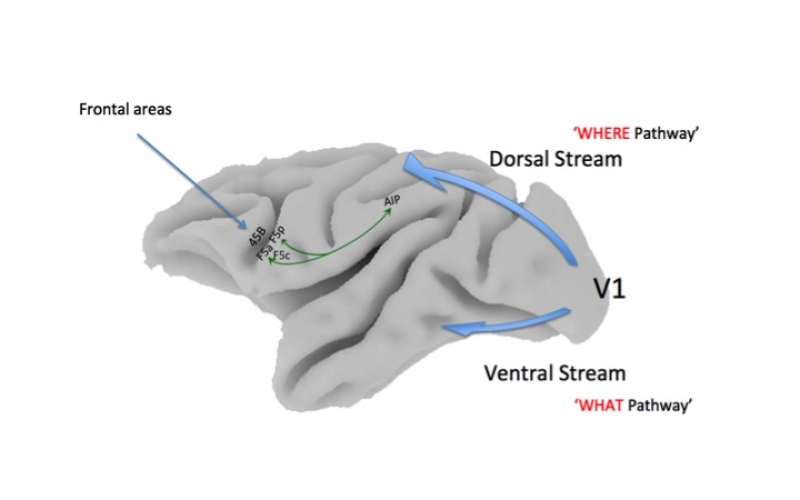You are here
2D Shape Representation in the Dorsal Stream of the Macaque
I started working at the Laboratory for Neuro- and Psychophysiology, at KU Leuven, in October 2013, as a PRISM member. The first phase of the project has consisted of collecting electrophysiological data from the brains of two monkeys, in the prefrontal area 45B. Just last month I finished collecting the data from one of the monkeys and started with the second one. Most of these results were already shown in a poster and talk at the last PRISM meeting in Ankara. The process of looking for responsive and 2D stimulus-selective cells in the new monkey is underway, which I expect to be faster than with the first, since now I can capitalize on the experience I have acquired both in terms of experimental skill and in the familiarity with the particular area I am recording in. After a preliminary analysis of the data from the first monkey, I can now add a few extra tests to the experiment so that I can get more precise and reliable answers to the research question that motivated the initial experimental design. In the second phase of the project a deeper analysis of the data will ensue. After that, the insights obtained from said analysis will be used to explore possible avenues for the computational modelling of the dorsal stream of the macaque's visual cortex. Because many people in the past have worked and implemented computational models for the visual cortex it is natural to start with one of these approaches and try a few variations guided by the new acquired data.


